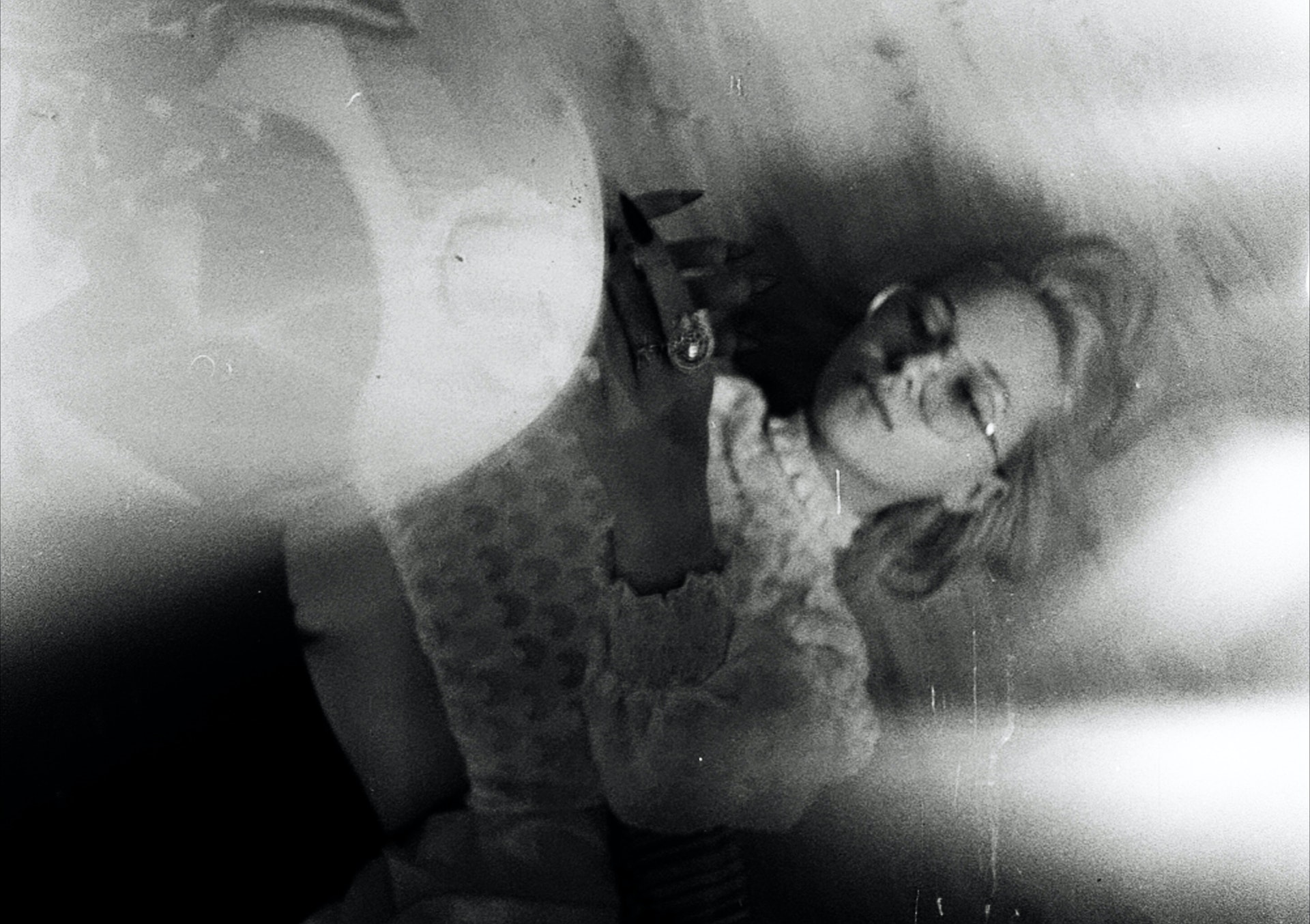Photographs are our personal time capsules, capturing treasured moments. But nothing can be more disappointing than seeing your precious memories obscured by grainy quality. Graininess, or “noise,” in photos can be caused by various factors such as low light, high ISO settings, or smaller sensor sizes. Understanding and addressing this issue is crucial to preserving the clarity and quality of your images.
Table of Contents
1. Understanding the Basics of Photo Grain
Before we delve into the solutions, let’s take a moment to understand what photo grain is. In photography, grain refers to the tiny granular specks that can appear in your pictures, particularly in uniform areas like the sky or shadows. It’s a phenomenon most likely to occur in low light conditions or when you’re using a high ISO setting. It’s important to note that there’s a difference between film grain, a stylistic element in traditional photography, and digital noise, an unwanted byproduct of digital photography.
2. Way 1: Using In-built Photo Editing Software
Modern operating systems often come with photo editing tools pre-installed, like Microsoft Photos for Windows and Apple Photos for macOS. These tools can be a simple and cost-effective way to reduce photo grain.
- Open the photo in your computer’s default photo editing program.
- Navigate to the ‘edit’ function, often symbolized by a pencil or similar icon.
- Look for ‘noise reduction’ or ‘smooth’ tool.
- Adjust the settings until you’re happy with the look of your photo.
- Save the edited photo.
While these in-built tools are user-friendly and convenient, they may not offer the same level of precision and control as some other methods.
3. Way 2: Utilizing Professional Photo Editing Software
If you’re willing to invest a bit of time and potentially money, professional photo editing software like Adobe Lightroom and Photoshop can provide advanced features for reducing photo grain.
- Import your photo into the chosen software.
- Go to the ‘Detail’ panel and find the ‘Noise Reduction’ section.
- Adjust the ‘Luminance’ slider to smooth out the grain.
- Play around with the ‘Detail’ and ‘Contrast’ sliders to fine-tune the effect.
- Once satisfied, export the edited image.
Keep in mind that overdoing noise reduction can result in a loss of detail in your photos, so it’s always a good idea to strike a balance.
4. Way 3: Using Mobile Applications for Photo Editing
With the rise of smartphone photography, numerous mobile applications like Snapseed and VSCO have emerged as viable options for photo editing on-the-go.
- Open your photo in the app.
- Select the ‘Details’ or ‘Tune Image’ option.
- Use the ‘Noise Reduction’ or ‘Smooth’ tool to decrease grain.
- Experiment with other settings to achieve your desired look.
- Save your work and share it directly from the app if you wish.
While mobile apps are handy and user-friendly, the results may not be as polished or professional as those from desktop software.
5. Tips to Avoid Grainy Photos in the Future
Prevention, as they say, is the best cure. Here are some tips to avoid capturing grainy photos in the first place:
- Understand Lighting: Proper lighting is crucial for reducing noise. More light allows you to use a lower ISO setting, reducing the likelihood of a grainy output.
- Camera Settings: Learn how to adjust your camera settings, particularly the ISO. A lower ISO will produce less noise.
- Stabilization: Using a tripod or other stabilizing device can allow for slower shutter speeds without blurring,thus reducing the need for high ISO settings that can increase grain.
6. Conclusion
Grainy photos can be a frustrating issue for any photography enthusiast, but fortunately, there are several easy ways to address it. Whether you’re using in-built photo editing software, professional software, or a handy mobile app, you can effectively reduce photo grain and enhance the quality of your images. Remember, though, that the best strategy is prevention. By understanding the causes of photo grain and how to avoid them, you can ensure that your future photos are clear and crisp right from the start. Happy shooting!






